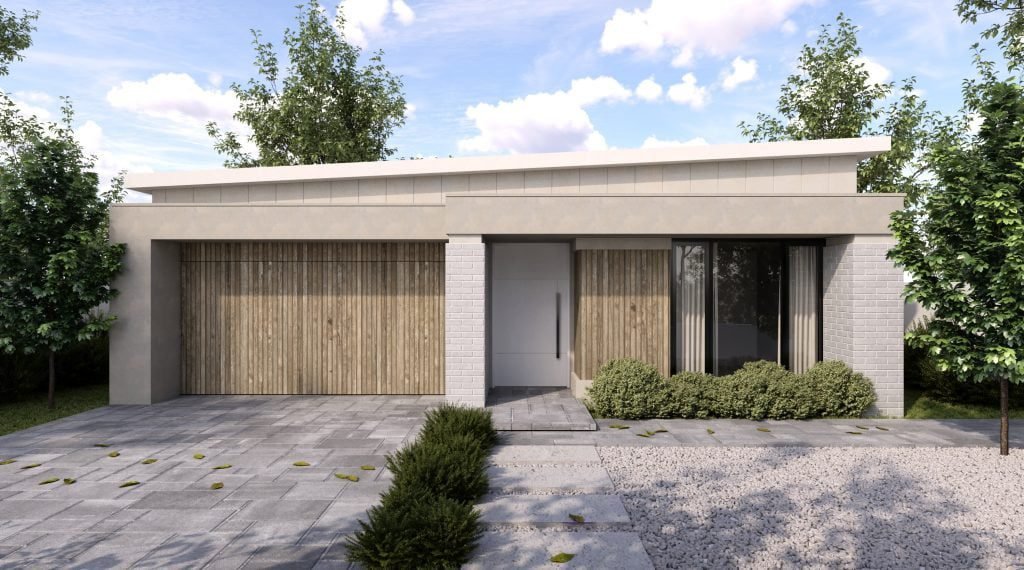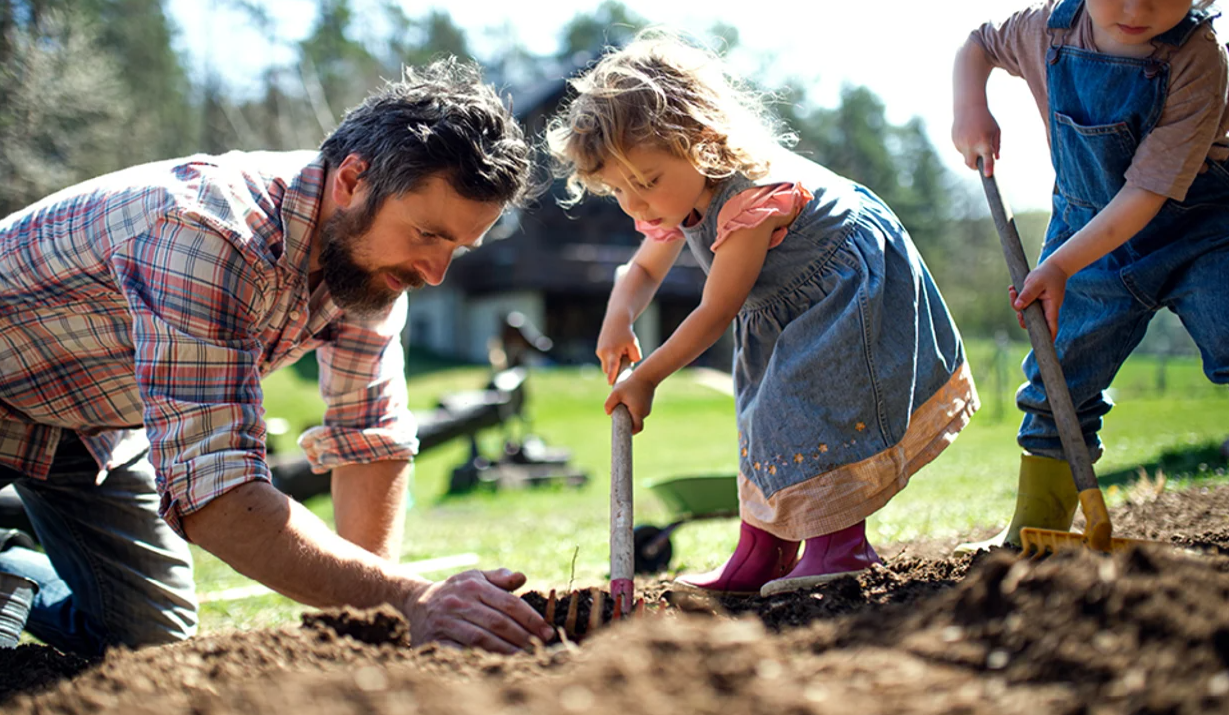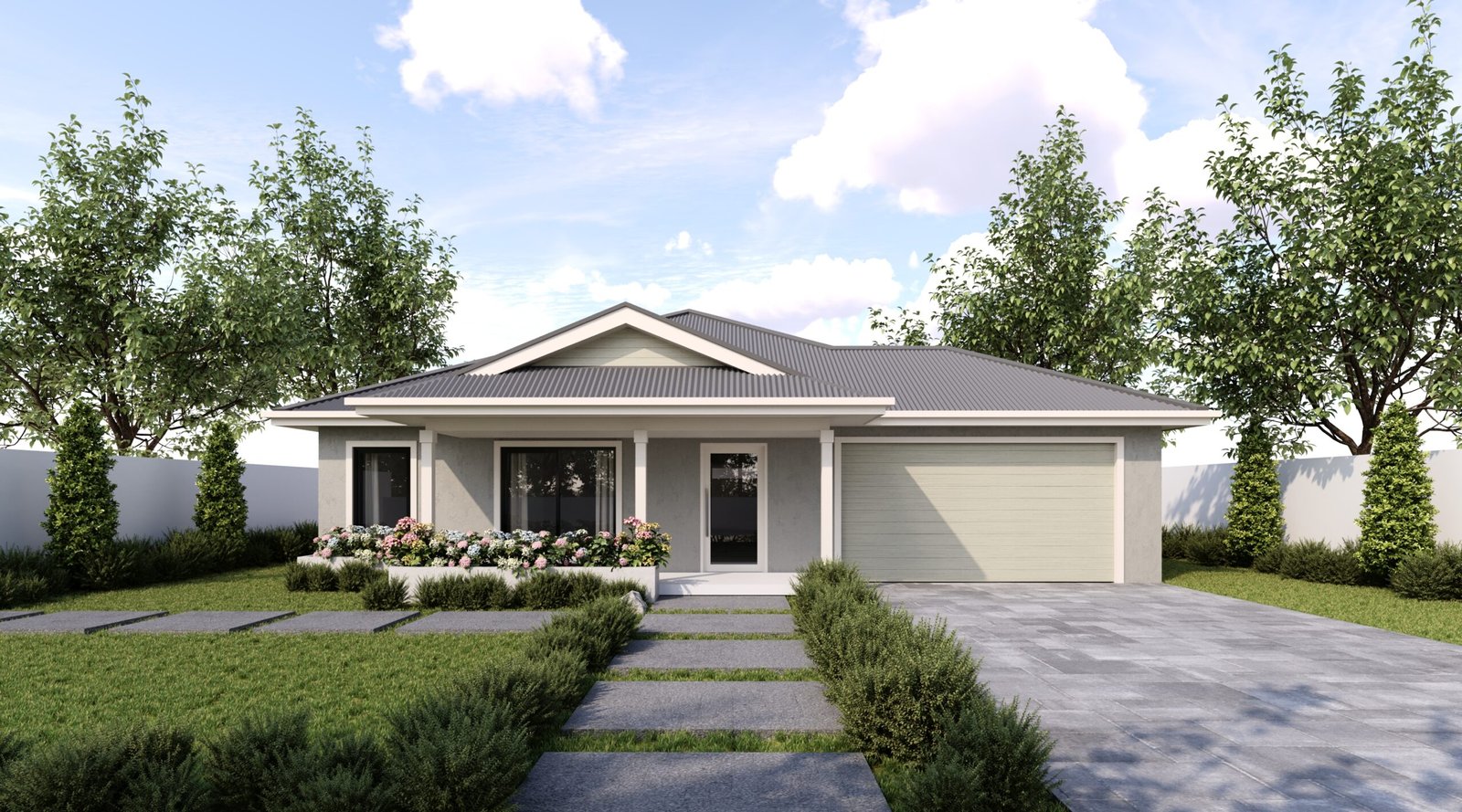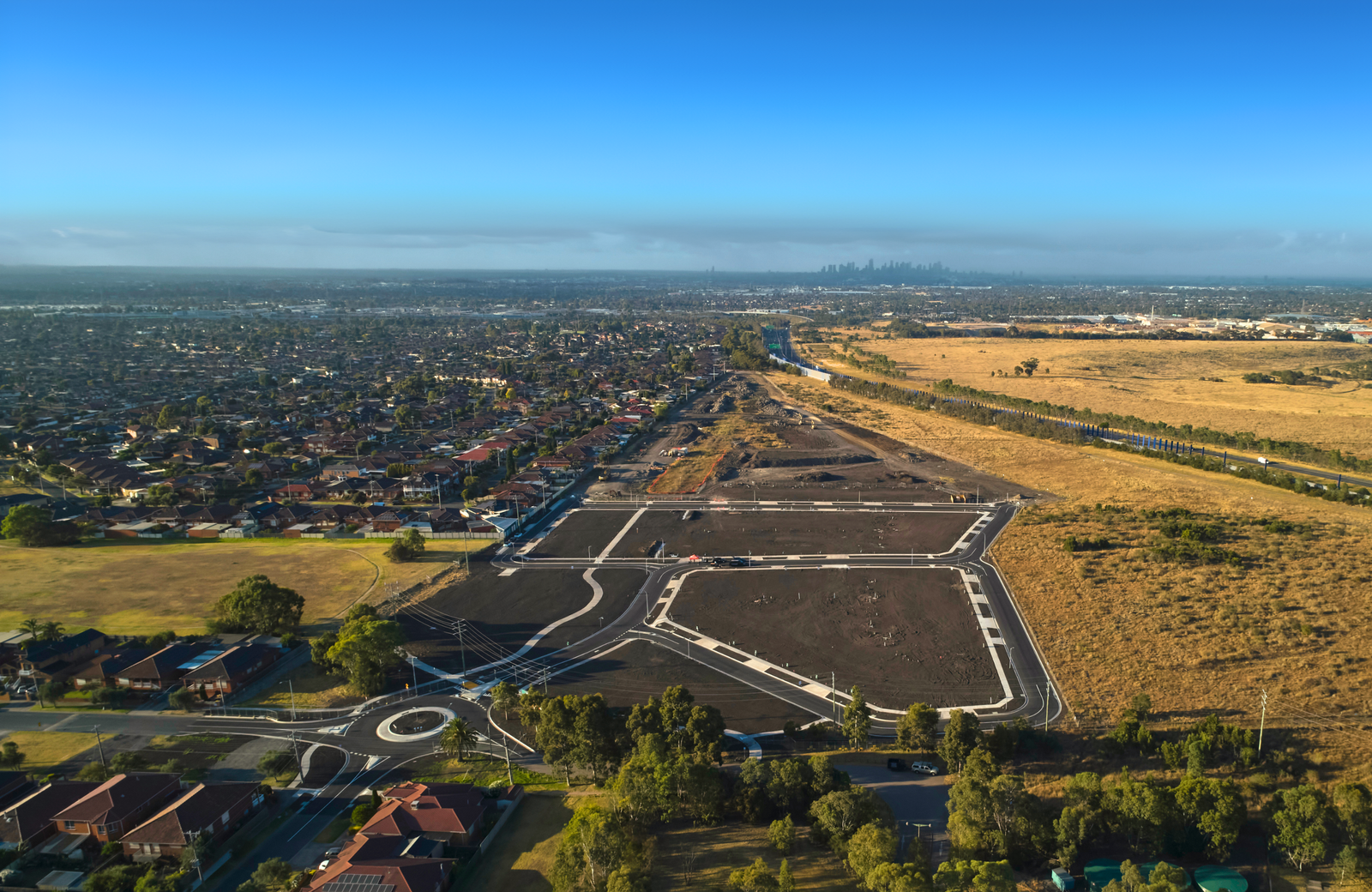Landscaping plays a crucial role in shaping the first impression of a home. Everyone wants to feel a sense of pride and accomplishment in their home, and this sentiment drives developers to create appealing and cohesive streetscapes in new estates. Thoughtfully designed landscaping enhances curb appeal, creating an inviting atmosphere that complements the home and its surroundings.
When building a new home in a modern estate, you'll likely receive a set of design guidelines crafted to ensure your front garden aligns with the overall aesthetic and character of the neighborhood.
These guidelines typically address various aspects of your front garden, including:
Plant Types: Developers often specify which plants are acceptable for front gardens to ensure that vegetation complements the overall design and maintains a harmonious look throughout the estate. Approved plants are selected for their visual appeal, ease of maintenance, and suitability to the local climate. Native plants are preferred for their adaptability and minimal upkeep.
Fencing: The guidelines may include rules regarding the type and placement of fencing. Restrictions might cover the height or style of fences in the front garden to prevent visual clutter and maintain an open, welcoming streetscape. Fencing regulations ensure that barriers do not obstruct views or detract from the property’s overall appearance.
Balance of Hard versus Soft Landscaping: Developers provide guidance on the balance between hard landscaping elements (such as driveways, paths, and patio areas) and soft landscaping (like lawns, garden beds, and shrubs). This balance is essential for creating an aesthetically pleasing and functional garden that integrates seamlessly with the surrounding environment.
These regulations help maintain a cohesive appearance throughout the estate and protect your home’s value.

Our Senka Homes landscape design team shares their insights on common developer requiments:
- Lawn: Artificial lawns are usually not permitted in front gardens. Developers prefer natural grass for its aesthetic appeal and environmental benefits, such as cooling the surrounding area and supporting local wildlife. Artificial lawns, while low maintenance, may not align with the natural look that developers aim to maintain.
Site Coverage: Developers may specify the ratio of hard surfaces (like decking and pavers) to soft landscaping (such as planting). This ensures a balanced integration of hardscape elements and green spaces, enhancing both the visual appeal and usability of the garden.
Canopy Trees: You might need to include one or two canopy trees in your front yard. Canopy trees provide shade, contribute to the aesthetics, and offer environmental benefits like improved air quality and reduced heat absorption. They also help create a more cohesive streetscape by adding vertical interest.
Concealed Services: Clotheslines, bin areas, and services like hot water and air-conditioning units should be hidden from view. Concealing these elements helps maintain a clean and visually appealing front garden.
Fencing: Restrictions on fencing are often placed on the front of your home and certain side boundaries, including corner blocks. These restrictions help maintain an open and inviting appearance for the community and ensure uniformity in the streetscape.

Here are some key guidelines to keep in mind when designing your front garden:
Which plants do Melbourne developers generally approve of?
Native plants like Correa, Dianella, Lomandra, and Acacia are preferred due to their suitability for the local climate and low maintenance requirements. Developers often encourage a mix of ground covers, shrubs, and trees to create a sustainable and visually appealing garden.
Which plants are they less keen on?
Plants on government noxious weed lists, such as Agapanthus and Mirror Bush, are generally discouraged. These plants can spread rapidly and disrupt local ecosystems, leading developers to favor species that contribute positively to the environment.
Do these regulations apply to backyards too?
No, these guidelines typically apply only to front gardens visible from the street. Backyards are not subject to the same level of scrutiny, allowing for more personal expression and flexibility in design.
What about hardscaping?
Developers typically do not approve of letterboxes on poles, red-dyed mulch, or plain concrete for areas like driveways. Instead, they prefer integrated and visually cohesive hardscaping options that enhance the overall design and curb appeal of the property.
Any tips for success?
Opt for smaller-sized plants and invest in an irrigation system. Smaller plants are easier to integrate into your garden, and an efficient irrigation system helps maintain plant health and reduces water wastage, making garden upkeep simpler.




